Shoulder tendinosis is challenging, making everyday tasks hard. But there’s hope! Physical therapy can help you recover.
It’s all about teamwork between you, the patient, and your therapist. In this guide, we’ll see why working together is crucial for shoulder tendinosis recovery and share tips to improve your treatment.
Understanding Shoulder Tendinosis
Shoulder tendinosis, also called rotator cuff tendinosis, is when your shoulder tendons, especially those in the rotator cuff, get damaged and worn out.
This can happen from using your shoulder too much, getting older, or past injuries. Signs include ongoing shoulder pain, trouble moving your arm, and problems with daily tasks like reaching or lifting.
It’s vital to spot it early and start treatment immediately; that’s where physical therapy can help.
The Role of Physical Therapy in Shoulder Tendinosis Recovery
Physical therapy is a treatment that doesn’t involve surgery and is based on what we know works.
Physical therapists are experts in muscle and bone problems and help with shoulder tendinosis. They check your condition, make a special plan, and show you how to get better.
Usually, physical therapy for shoulder tendinosis uses exercises, hands-on methods, and teaches you about your health. It’s all about reducing pain, making things work again, and improving how you live.
The Importance of Collaboration
Your recovery from shoulder tendinosis mostly depends on how good your teamwork with your physical therapist is. Working together helps you both understand things, set clear goals, and make a treatment plan that fits your needs and progress.
Effective collaboration enhances various aspects of your recovery:
- Doing What’s Needed: Doing the exercises at therapy and at home, like your therapist says, can help you feel better.
- Checking How You’re Doing: Talking to your therapist often helps them see how you’re doing and change the plan if needed.
- Getting Better Faster: Teamwork in your recovery helps you heal faster and return to regular activities sooner.
Ways to Collaborate with Your Physical Therapist
To make the most of your collaborative effort with your physical therapist, consider the following strategies:
A. Establishing Clear Communication
Open and effective communication with your physical therapist is essential.
Here’s how to achieve it:
1. Tell About Your Health
Give your therapist all your past health info, like any injuries or other problems related to your shoulder tendinosis. This helps them make a plan just for you.
2. Talk About How You Feel
Don’t hide how you’re feeling, like if you’re in pain or worried about something during or after therapy. Your therapist can change the plan to help you better.
B. Setting Realistic Goals
Collaboratively establishing achievable rehabilitation goals is a critical step. This includes:
1. Discussing Expectations
Have an open conversation with your therapist about your expectations for recovery and the timelines you hope to achieve. Setting realistic expectations is key to maintaining motivation and focus.
2. Determining Milestones
Identify specific milestones that will indicate progress. Celebrating these milestones can serve as a source of motivation and encouragement.
C. Active Participation
Taking an active role in your recovery can significantly impact its success.
Here’s how to be an active participant:
1. Committing to Home Exercises
Perform the exercises and routines your therapist recommends at home consistently. These exercises are designed to complement your in-clinic sessions and speed up your recovery.
2. Seeking Clarification
If you have questions or uncertainties about any aspect of your treatment plan, don’t hesitate to ask your therapist for clarification. Understanding the purpose of each exercise and technique is essential for your commitment.
D. Reporting Progress and Discomfort
Your therapist must be aware of your progress and any discomfort you experience.
Here’s how to communicate effectively:
1. Progress Updates
Regularly update your condition, highlighting improvements or setbacks. Keeping a journal of your symptoms and progress can be beneficial.
2. Pain or Discomfort
Inform your therapist immediately if you encounter any pain or discomfort during or after exercises. They can adjust techniques or recommend modifications to prevent exacerbating your condition.
E. Asking Questions
Don’t hesitate to ask questions about your treatment:
1. Exercise Techniques
Seek guidance on each exercise’s correct technique and form. Proper form ensures that you reap the full benefits of the exercises while minimizing the risk of injury.
2. Home Care Instructions
Understand and adhere to home care instructions provided by your therapist, including recommendations for rest, ice, and pain management.
Demonstrating Exercises and Techniques
To facilitate collaboration, physical therapists often demonstrate exercises and techniques during sessions. These demonstrations ensure that you understand the correct form and execution. Let’s briefly explore some common shoulder tendinosis exercises:
1. Moving Your Shoulder
These easy exercises help your shoulder move better. Your therapist may show you moves like swinging your arm or doing slow stretches.
2. Getting Stronger
Doing special exercises strengthens the muscles around your shoulder, especially the rotator cuff. This is important for getting all better.
3. Stretching
Exercising can make your tight muscles feel better and help you move easier. Some stretches your therapist might suggest are the “sleeper stretch” or the “cross-body stretch.”
4. Hands-On Help
Sometimes, your therapist might use their hands to do gentle massages or stretches to help with sore spots or tightness.
Adapting to Individual Needs
Physical therapists understand that every patient is unique, and recovery plans must be tailored accordingly. They adapt treatment plans based on patient responses and progress. It’s essential to communicate openly with your therapist so that they can make necessary adjustments when required.
The Role of Home Care
Recovery isn’t confined to the clinic; it extends to your daily activities and home care. Your physical therapist will guide you on home exercises and self-care strategies to maintain progress between sessions. These home care practices are integral to the collaborative effort.
Monitoring Progress
Collaboration allows for regular progress tracking. Your therapist will continuously evaluate your condition and measure improvements. If your goals aren’t being met, or if setbacks occur, adjustments can be made to your treatment plan to keep you on the path to recovery.
Managing Setbacks and Challenges
Recovery is sometimes a process that involves more than just linear, and setbacks or challenges may arise. Collaboration with your therapist gives you the support and guidance needed to overcome these obstacles. Together, you can explore alternative approaches and strategies to address any difficulties.
Celebrating Achievements
Acknowledging and celebrating milestones and achievements in your recovery journey is essential. Small victories, such as increased shoulder mobility or reduced pain, are signs of progress. Celebrating these achievements can boost your motivation and reinforce the importance of collaboration with your physical therapist.
Conclusion
In summary, getting better from shoulder tendinosis requires you and your therapist to work together. Talking openly, setting goals that make sense, doing exercises, and telling them how you’re doing are all important in this teamwork.
You can make your treatment work better by taking part in your therapy and doing the exercises at home like your therapist says. Remember, your therapist is here to help you, and together, you can get your shoulder feeling better and hurt less.
Put working together first, stay focused on improving, and think about a future with a shoulder that works well and doesn’t hurt as much.

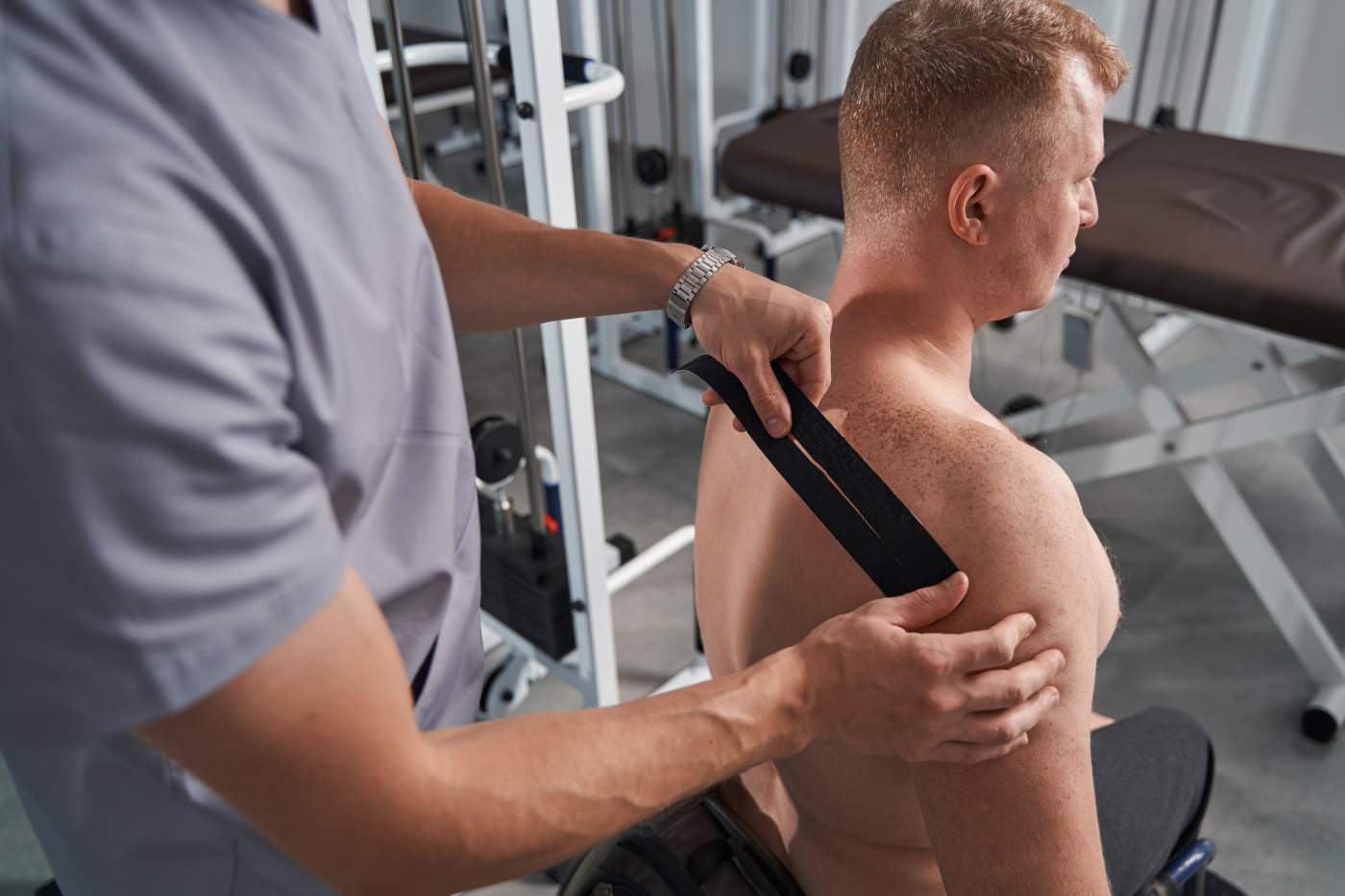
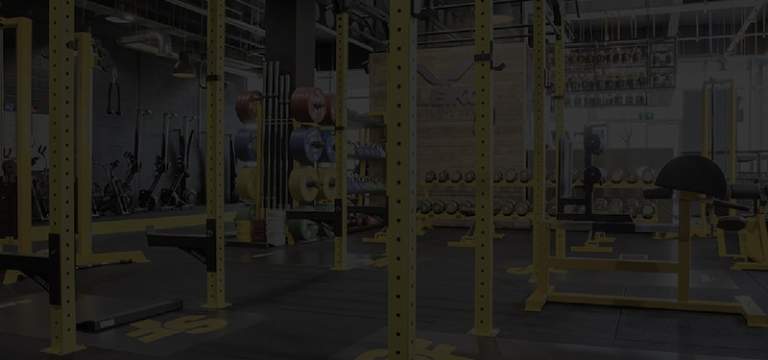

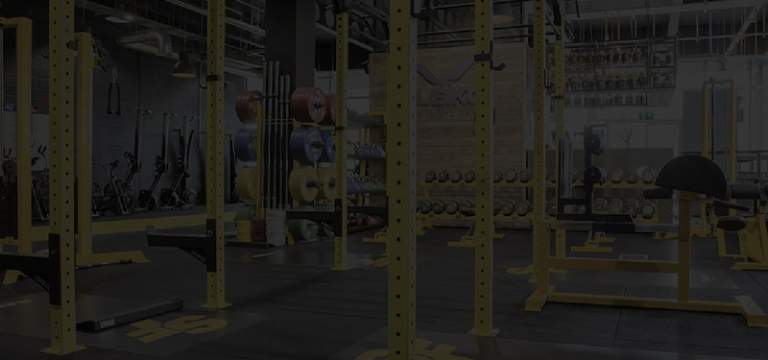

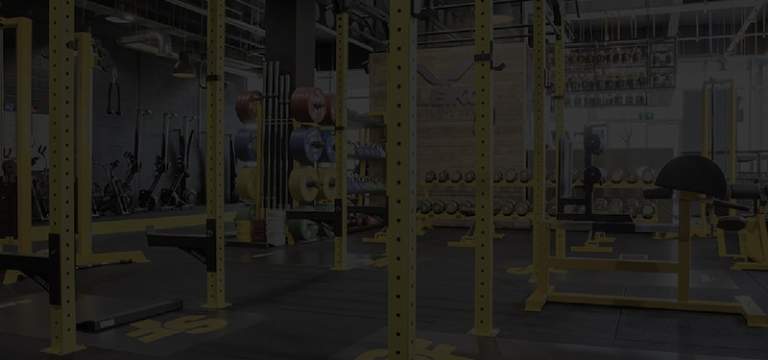

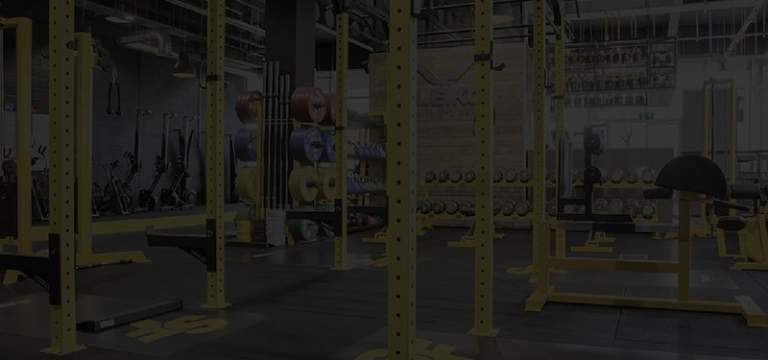


25 Comments
Comments are closed.